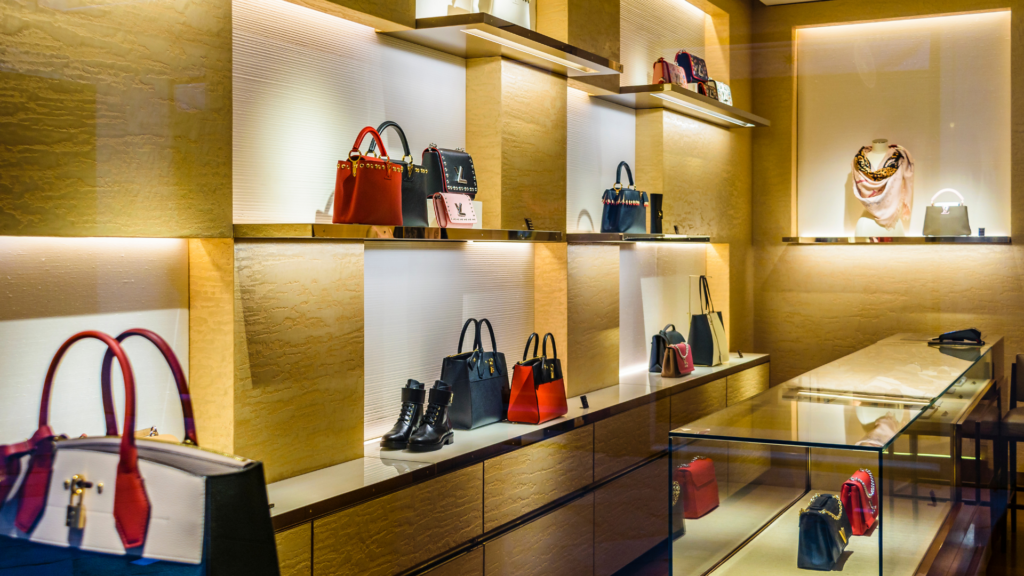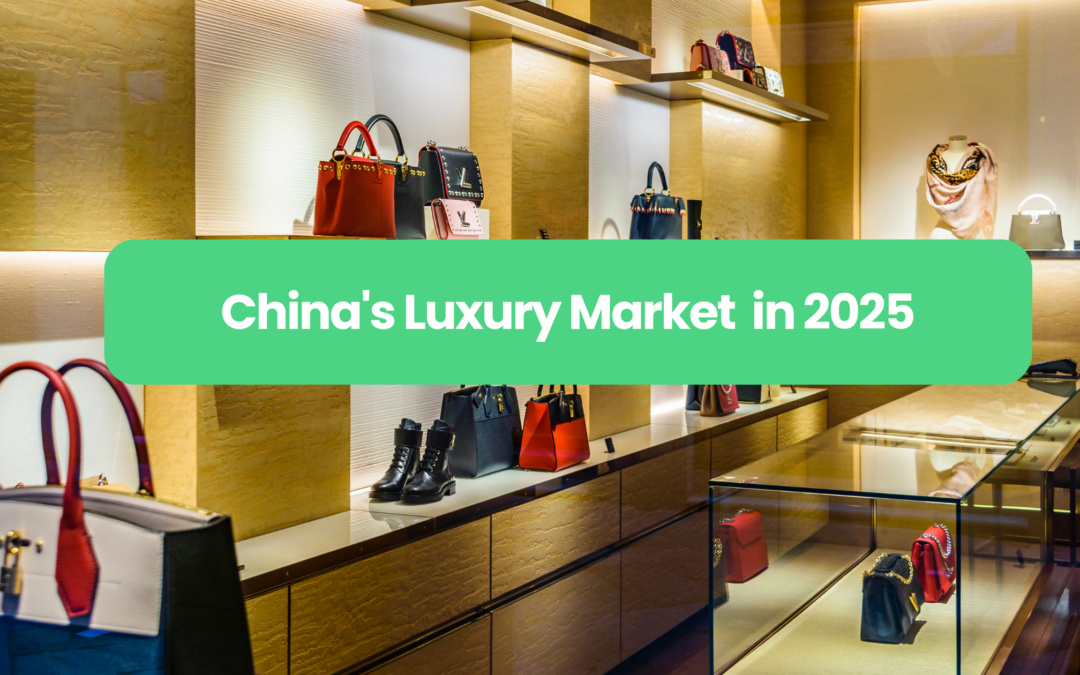China’s luxury market, a linchpin of global consumption, has experienced a seismic shift in recent years, propelled by evolving Chinese economic conditions and post-Covid transformations in consumer behavior. Historically contributing nearly one-third of worldwide luxury expenditures, this market now stands at a critical inflection point. For international brands and digital marketing strategists, these dynamics present a dual landscape of formidable challenges and compelling opportunities to recalibrate strategies for sustained success in China.

Current State of China Luxury Market
Recent data underscores a pronounced contraction in China’s luxury sector, with marquee brands such as Dior and Chanel witnessing revenue declines of approximately 50% from 2022 to 2025. Once-thriving Chinese retail epicenters, like Shanghai’s grand shopping malls , have seen daily visitor counts plummet from thousands to mere dozens. This erosion reflects broader Chinese economic deceleration and a reorientation of consumer priorities, necessitating a sophisticated reassessment of market engagement strategies by international luxury firms.
An Expansion Project in China? We Can Help You!
Consumer Behavior Shifts in China’s Lux market
The behavioral evolution of China’s luxury consumer cohort—long defined by its fervor for premium goods such as handbags, watches, and jewelry—reveals three pivotal trends:

1. Experience-Driven Consumption in China’s Luxury Market
Post-pandemic, Chinese consumers exhibit a marked preference for experiential investments—travel, wellness, and leisure—over traditional material markers of status. This shift signals a deeper cultural pivot toward intrinsic value and personal enrichment.
2. Economic Restraint and Consumption Downgrading in China
Amid China’s slowing GDP growth and rising middle-class unemployment, financial caution has permeated even affluent Chinese segments. Demand now favors durable, pragmatic purchases over ephemeral luxury displays, reflecting a broader recalibration of spending priorities.
3. Ascendance of China’s Second-Hand Luxury Market
The proliferation of digital platforms offering authenticated pre-owned luxury goods, amplified by Chinese influencers like Na Zha on Douyin, has catalyzed a surge in secondary market adoption. This trend underscores a growing Chinese appetite for affordability, sustainability, and authenticity.
China’s Second-Hand Luxury Market: A Strategic Imperative for International Brands
Far from a peripheral threat, China’s second-hand luxury market emerges as a strategic fulcrum for international brands seeking to reinvigorate growth. Chinese consumers increasingly prize affordability and sustainability—attributes this market adeptly delivers.
International luxury firms can leverage this shift by forging alliances with credible Chinese resale platforms, establishing certified pre-owned initiatives, or launching proprietary resale channels. Such strategies not only fortify brand trust and longevity but also resonate with younger, value-conscious Chinese demographics while aligning with global sustainability imperatives.
Strategic Implications for Luxury Brands in China
These Chinese consumer transformations bear significant ramifications for international luxury brand strategies:
- Erosion of Physical Retail Efficacy in China: Escalating operational costs and diminished foot traffic in Chinese stores exert acute pressure on profitability, compelling a reevaluation of brick-and-mortar investments.
- Competitive Ascendance of China’s Second-Hand Platforms: The rise of resale ecosystems challenges international brands to refine pricing models and amplify perceived value to maintain market share.
Seizing Opportunities in China’s Evolving Luxury Landscape
To capitalize on China’s shifting market dynamics, international luxury brands must adopt a strategic triad of initiatives:
1. Championing Sustainability and Longevity in China
Brand narratives emphasizing durability, timeless utility, and environmental stewardship can forge deep resonance with China’s increasingly discerning consumer base.
2. Harnessing Digital Transformation in China
Mastery of Chinese digital ecosystems—Douyin, Xiaohongshu (RED), and Tmall—is indispensable for amplifying brand visibility, fostering engagement, and driving conversions among China’s tech-savvy populace.
3. Optimizing Omnichannel Integration in China
A cohesive fusion of digital and physical touchpoints enhances Chinese consumer experiences, cultivates loyalty, and sustains revenue growth in a competitive landscape.
Recommended Chinese Platforms and Digital Strategies
For international brands aiming to penetrate and engage the Chinese market, the following digital avenues are paramount:
- Chinese Social Commerce and Live Streaming: Partnering with influential Chinese KOLs on Douyin for live-stream commerce offers unparalleled efficacy in capturing consumer attention and accelerating sales velocity.
- Strategic Chinese E-commerce Deployment: Establishing a robust presence on JD.com, Tmall, and Xiaohongshu enables international brands to tap into China’s digital-first consumer base, streamlining access and bolstering brand authority.
Partner with STAiiRS for Business Success in China
Mastering the intricacies of China’s luxury market demands rigorous analysis, digital acumen, and adaptive strategies attuned to Chinese economic and cultural currents. STAiiRS stands as an unrivaled partner for international brands navigating this terrain.
With comprehensive Chinese market intelligence, a formidable network of Chinese influencers, and advanced digital marketing capabilities, STAiiRS empowers international brands to achieve enduring growth and competitive distinction in China. Contact STAiiRS today and empower your business growth in China !


Recent Comments